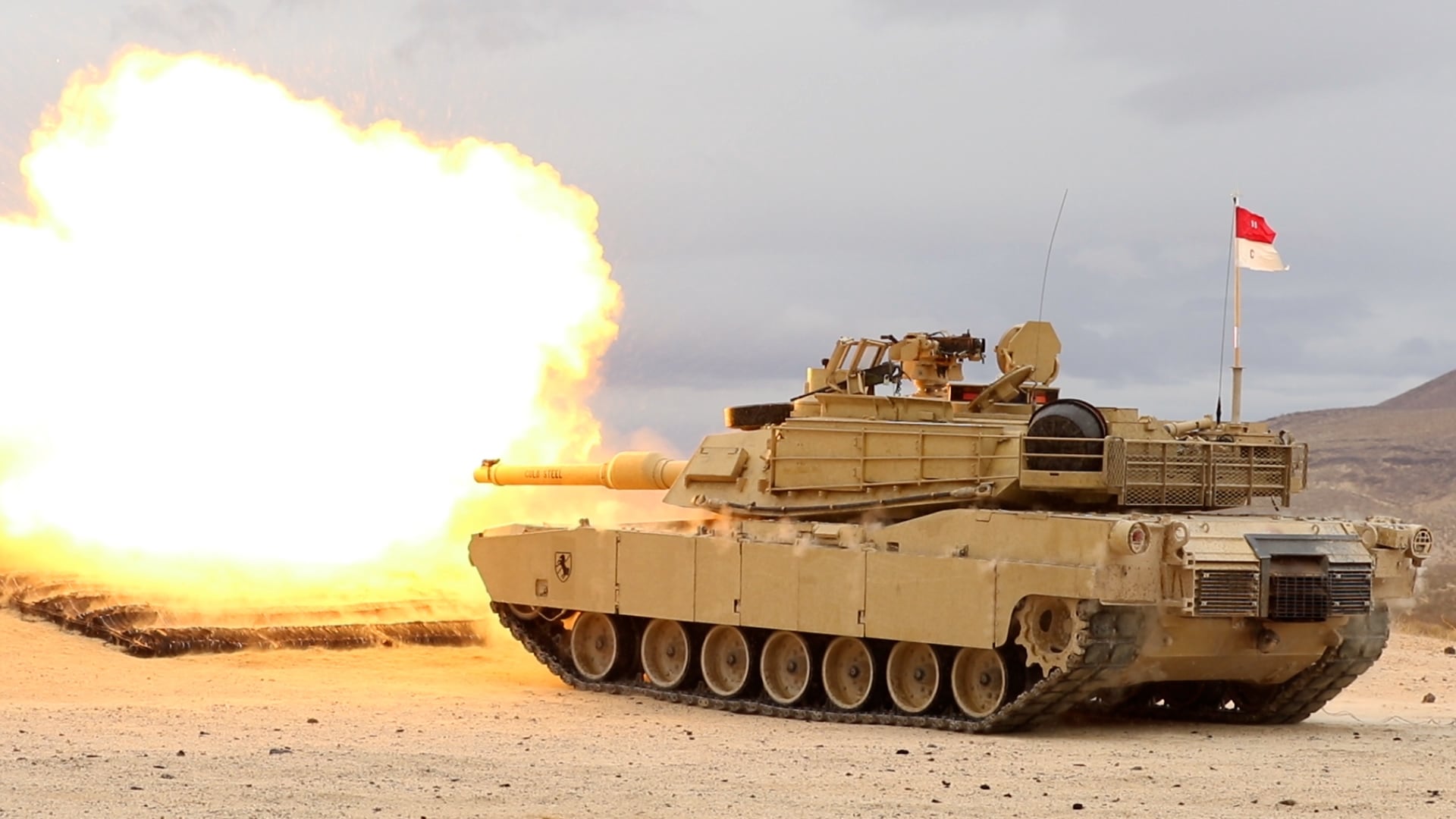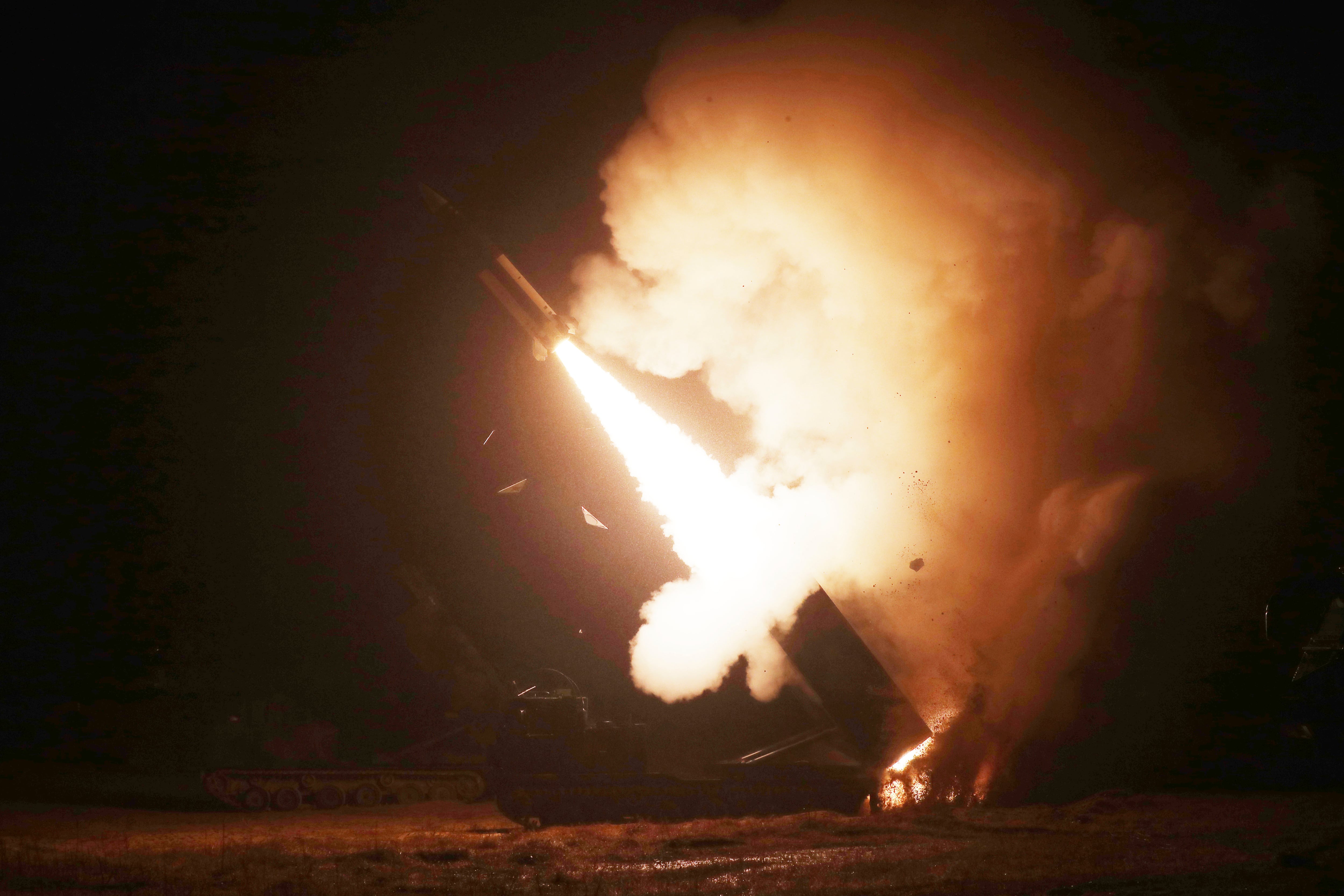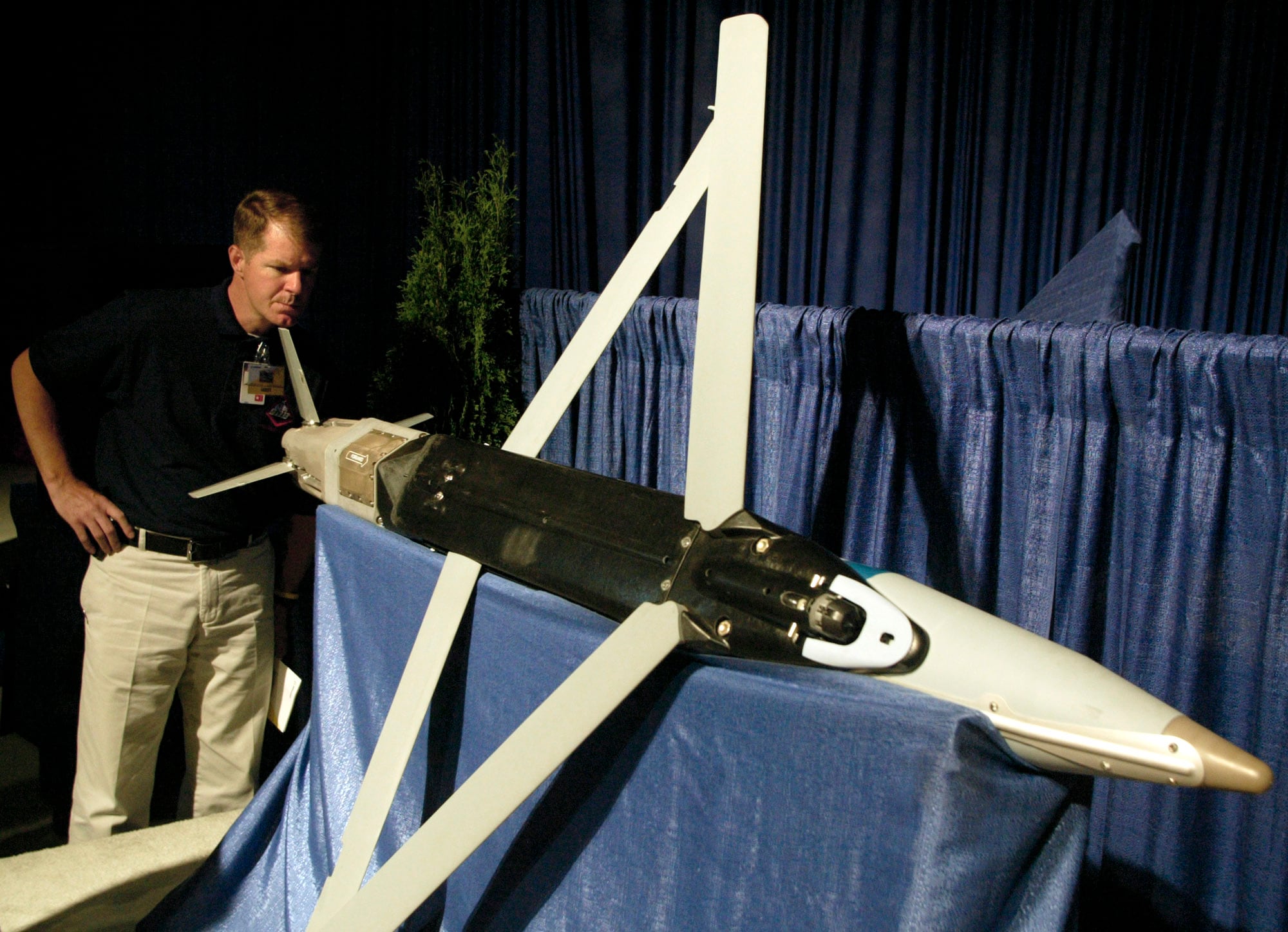WASHINGTON ― The U.S. announced Friday it will send Ukraine the ground-launched small-diameter bomb, a weapon that can double Kyiv’s strike range, as part of its latest military aid package, worth $2.17 billion.
The package’s GPS-guided GLSDB from Boeing has a range of 93 miles and can be launched from mobile artillery systems like the High Mobility Artillery Rocket Systems, or HIMARS. It comes after reports the Biden administration was considering helping Ukraine target the Crimean peninsula, which Russia has been using to launch strikes.
Ground-launched small diameter bombs will give Ukraine “a long-range fires capability that will enable them, again, to conduct operations in defense of their country and taking back their sovereign territory in Russian-occupied areas,” the Pentagon’s press secretary, Brig. Gen. Patrick Ryder, told reporters.
Asked whether the weapons would be used against Russian targets in Crimea, Ryder declined to say.
Funding in the package for long-term purchases includes two HAWK air defense firing units, anti-aircraft guns, counter drone systems and Puma drones. The package also for the first time includes unspecified equipment to connect all the different air defense systems Western allies have rushed to the battlefield and integrate them into Ukraine’s own air defenses, to help it better defend against Russia’s missile attacks.
In recent months, the U.S. has pledged medium- to long-range National Advanced Surface-to-Air Missile Systems, or NASAMS, and truck-launched short-range Avenger air defense systems; the Netherlands, Germany and the U.S. are sending Patriot missile defense systems; Germany is sending medium-range IRIS-T air defense systems; and Spain is sending Aspide anti-aircraft air defense systems.
Ryder said enhancing Ukraine’s air defenses has been a U.S. aid priority as Russia bombards civilian targets, adding that Kyiv has done a “remarkable job” employing those various systems.
RELATED

The U.S. is sending $425 million’s worth of aid from military stocks to include nearly 200 Mine Resistant Ambush Protected vehicles, or MRAPs; more HIMARS; 155mm artillery and 120mm mortar rounds; and nearly 200 heavy machine guns with thermal imagery sights and ammunition to fire at flying drones.
For months, U.S. officials have hesitated to send longer-range systems to Ukraine out of concern they would be used on targets inside Russia, escalating the conflict and drawing the U.S. in deeper. It’s denied Ukraine’s requests for the Army Tactical Missile System, a surface-to-surface missile with a range of nearly 200 miles.
The GLSDB is just the latest advanced system, following Abrams tanks and the Patriot missile defense system, the U.S. has eventually agreed to provide Ukraine after initially saying no. To date, the longest-range missile provided by the U.S., the Guided Multiple Launch Rocket System, has a reach of about 50 miles.
The GLSDB marries the GBU-39 Small Diameter Bomb, a 250-pound precision-guided munition that costs $40,000 each, and the M26, a demilitarized rocket.
The funding for the GLSDB is for longer-term purchases, so it wasn’t clear Friday how long it will take to get the bomb to the battlefield. A Foundation for Defense of Democracies analysis said Ukraine could receive an initial delivery of two launchers and 24 weapons in as little as nine months.
Experts say the weapons could help Ukraine strike Russian forces, logistics hubs and strategic terrain in Crimea, which Russia illegally annexed in 2014.
RELATED

Ukraine needs the longer-range systems to target supply arteries from Russia to Ukrainian territory and sites from which Russia has been launching Iranian-made drones, according to retired Army Lt. Gen. Ben Hodges, a former commander of U.S. Army Europe.
“I’m talking about giving the Ukrainians the ability to make Crimea untenable, and they do that with longer-range systems that can target the big Russian logistics hubs on the northern part of Crimea, the navy base in Sevastopol and the dozens of other places in Crimea that are airfields or ammunition storage or headquarters,” Hodges told Defense News last month.
“[Ukrainian forces] know where these are, they just can’t reach them. We have in effect created sanctuary for the Russian by limiting weapons that we give to Ukraine,” Hodges said of the U.S.
Ukraine’s defense minister, Oleksii Reznikov, said Thursday the country is prepared to offer guarantees to its Western partners their weapons won’t be used to strike inside Russian territory, adding Kyiv needs weapons with a range of up to 300 kilometers to expel the Russian forces.
“If we could strike at a distance of up to 300 kilometers, the Russian army wouldn’t be able to mount a defense and will have to withdraw,” Reznikov said at a meeting with EU officials. “Ukraine is ready to provide any guarantees that your weapons will not be involved in attacks on the Russian territory. We have enough targets in the occupied areas of Ukraine, and we’re prepared to coordinate on [these] targets with our partners.”
With reporting by The Associated Press.
Joe Gould was the senior Pentagon reporter for Defense News, covering the intersection of national security policy, politics and the defense industry. He had previously served as Congress reporter.





